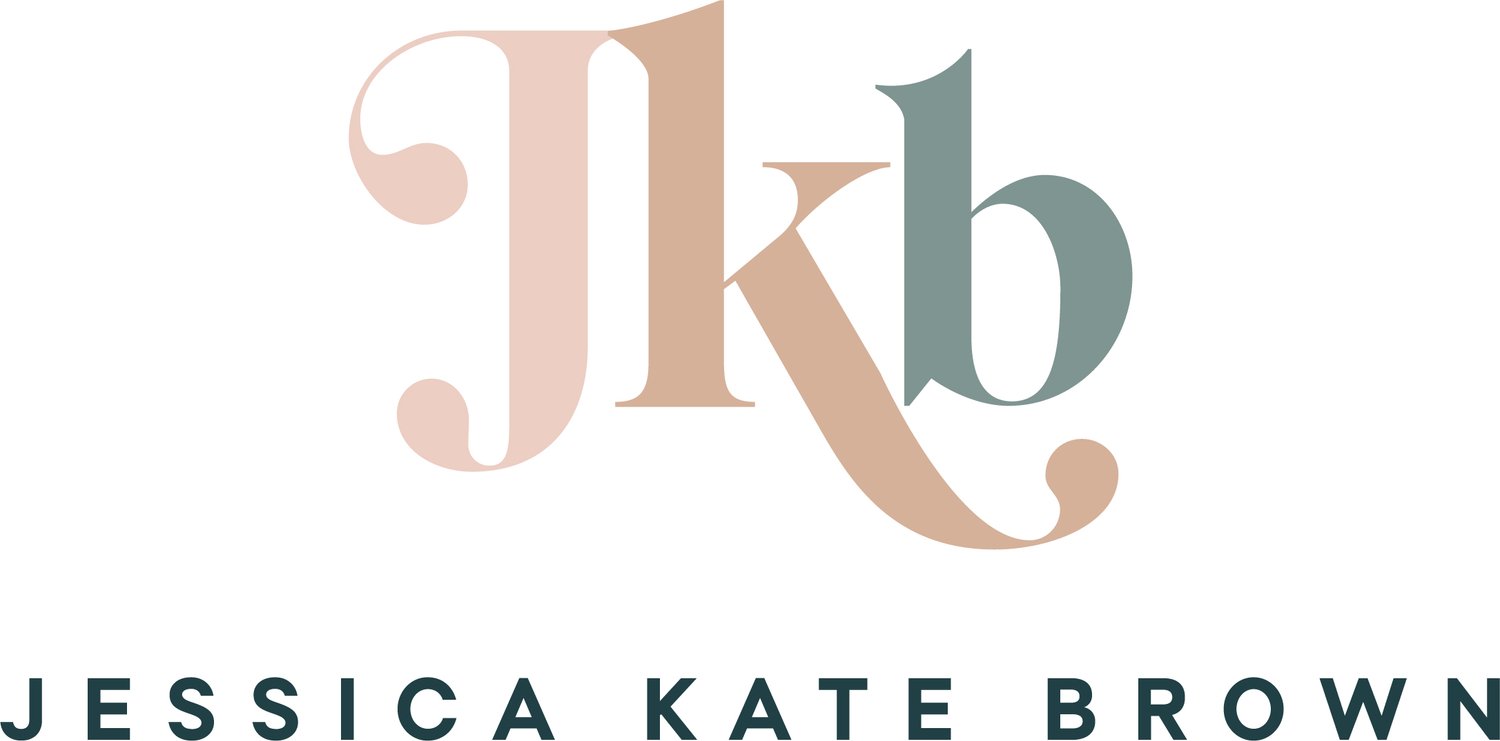What should I do while my manuscript is with my editor?
For many, the day they email their manuscript to their editor is the day that things start to get real! It’s often the first time anyone else has read your book and it’s the beginning of the countdown to publication day. You’ve done as much as you can and now it’s time to start getting the pros involved to make sure your book is the best it can be and ready to go public (eek!).
You don’t get to the final draft stage without investing some serious time sitting at your computer screen, writing, self-editing, writing and self-editing some more. Writing a book can be all-consuming, so once you’ve handed your literary baby into your editor’s loving hands, you may find yourself with a bit more time and headspace. For some, this will be a welcome reprieve, but this isn’t the end of your author journey. You’re getting close, but there are a few more hurdles to navigate to get you to your publication destination.
So, after you’ve celebrated this milestone on your author journey (and I hope you do!), what should you do next? Well, while your manuscript is getting some editorial TLC, there are a few things you can do during this time to stay on track and keep moving towards your publication goal.
1. Buy your ISBN
There are many advantages to purchasing your own ISBN and if you are planning to distribute your book anywhere other than Amazon, then an ISBN is a must-have essential before you publish.
Now, if you have chosen our full book package, then this is all part of the service and we will sort the ISBN and barcode out for you. Yay for you! Feel free to skip to point 2! However, if you are project managing the self-publishing process yourself, then you’re going to need to buy your own ISBN and barcode before your cover designer has finished, so they can add it to the back of your book. In the UK, you can purchase both through Neilsen. You’ll need a separate ISBN for each version of your book - paperback, e-book, hardback etc. - so the block of ten Neilson offers is the more cost-effective option, and since the ISBNs don’t expire, you can keep the extra ones for any books you write in the future.
2. Write your book blurb
After your cover, your book’s blurb is likely to be the first thing a potential buyer sees, and it can make the difference between someone clicking ‘Buy now’ and scrolling on past. However, I often see authors leaving this part to the last minute and perhaps not giving it the time and attention it deserves. Like the ISBN and barcode, you will need to be added to your back cover before it is signed off, so it’s a good idea to get this written and refined sooner rather than later.
Stuck on what to write? We have some tips to help you write a great blurb that will get your book noticed (in a good way!).
3. Compile your front and back matter
The front and back matter are all the things that go before and after the main body of your book. For example, about the author, acknowledgements, resources, foreword, dedication and your book’s copyright page. There are lots of optional pages you could add and there are no rules on which bits you have to include in your book; it depends on your genre, target audience and personal preference, but as a minimum, you’ll need a copyright page (if you’re not sure what needs to go on this, the Alliance of Independent Authors has an excellent example template). Whichever you choose, they will all need to be done before your book can be formatted, so putting them together now will help your publishing schedule stay on track.
4. Get marketing
If you haven’t started already, now is the perfect time to get a marketing strategy in place and start putting it into action. If you want your book to start selling the day you put it out into the world, then the earlier you start marketing it, the better. Bringing your audience along with you on your author journey allows you to build up some suspense and anticipation, so when launch day comes around, you have people ready and eager to get their hands on your book. Investing time in creating a well-thought-out marketing plan will not only help you sell more books, but it will also help you feel more in control and minimise the overwhelm that can come with a new launch.
And finally… enjoy the moment
Writing and publishing a book is not an everyday occurrence in your life, so use this time to reflect on everything you have achieved and how far you have come on your book journey. The finish line is in sight now and that’s something to get excited about!
Have a non-fiction book in progress? Our team are on hand to help you get it in the best shape possible. Browse our services to find out how we can help you on your own book adventure or schedule a chat. We’d love to hear from you.
